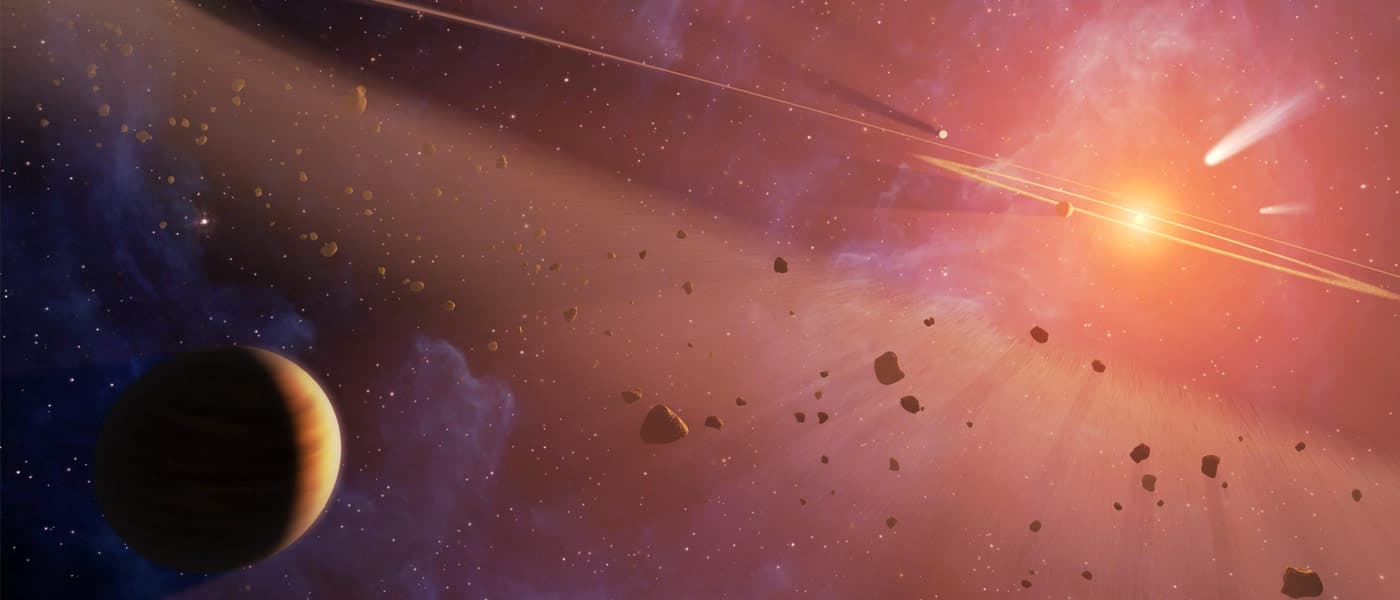CVSO 30c Status Pending
In 2016, the first time in history, astronomers were able to capture a clear image of an exoplanet candidate. And you're looking at it. Well, you will be if you just scroll down a little. It's the tiny, brown dot to the left of the star.
The planet is known as CVSO 30c. It's a gas giant orbiting a star known as CVSO 30, which lies around 1,200 light-years away. If validated as an exoplanet, CVSO 30c would prove that CVSO 30 has two planets orbiting it.
In 2012, astronomers found the first exoplanet in the system, CVSO 3b. Notably, this exoplanet is amazingly close to the star, roughly 1.2 million km (740,000 mi) away. For comparison, Mercury is the closest planet to our Sun, and it orbits at a distance of 57.91 million km (35.98 million mi).
The exoplanet candidate found in 2016 orbits 98.7 trillion km (61.3 trillion miles) away. This distance is 660 times the Earth’s distance from the Sun. One orbital period for this planet would take 27,000 Earth-years to complete, making astronomers uncertain whether the planet is actually part of the star system. More observations will be necessary to confirm (or disprove) this.
European Southern Observatory (ESO) officials say that, if proven, this could be the first system discovered to have both a close-in exoplanet and one that is far-out in the system. "If it is confirmed that CVSO 30c orbits CVSO 30, this would be the first star system to host both a close-in exoplanet detected by the transit method and a far-out exoplanet detected by direct imaging," ESO officials noted in the official release.
"Astronomers are still exploring how such an exotic system came to form in such a short timeframe, as the star is only 2.5 million years old; it is possible that the two planets interacted at some point in the past, scattering off one another and settling in their current extreme orbits," the press release added.
11,000,000,000,000,000-kilometer Stalker Range
While CVSO 30c’s status remains undecided, what’s really wonderful about the discovery is that we were able to get a clear image of a world so far away from us — CVSO 30c is 11 quadrillion kilometers (7 quadrillion miles) away from Earth.
In numerical form, that’s 15 zeroes!
ESO researchers worked hard building the appropriately named Very Large Telescope (VLT) in Chile to make this happen. And that’s not even enough to catch this planet. They needed to combine forces with two other observatories: the Keck Observatory in Hawaii and the Calar Alto Observatory in Spain.
And at an 11,000,000,000,000,000-kilometer stalker range, it was definitely worth it.
Share This Article
